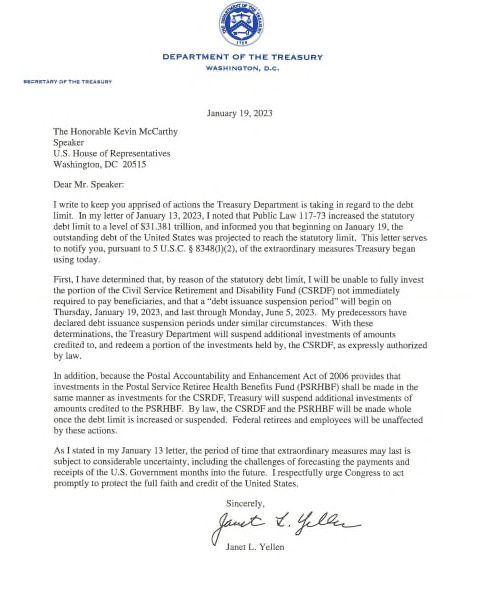With Labor Day behind us, Congress returns to Washington with a packed agenda. One month now stands between lawmakers and the end of the government's fiscal year. And Congress has only four months to tackle various end-of-year deadlines. From domestic policy discussions to international relations, we look back at the first eight months of 2023 and provide our assessment of what Congress will – and will not – be able to accomplish this year.
"Congress and the president have a lot on their plate this fall, from the farm bill and FAA reauthorization to the national defense bill and the appropriations bills that keep the government running — not to mention a lot of unfinished business on topics such as energy permitting, tax extenders, and cannabis banking. Many of these tasks are the basic responsibility of governing — and one way or another, our elected leaders will find a way to get them done. But the process of getting there could be wild and unpredictable, especially in a time of divided government as America begins to look toward the 2024 election. If you have a stake in what happens this autumn in terms of federal policy, you might want to buckle up."
John Boehner (R-OH)
Former Speaker of the House
Senior Strategic Advisor, Squire Patton Boggs
Legislative Landscape
- On Capitol Hill, each chamber has a slim majority, requiring near-complete party unity or bipartisan compromise for legislative momentum.
-
House of Representatives Senate 222 Republicans 48 Democrats 212 Democrats 3 Independents 1 Vacancy 49 Republicans - In the current polarized atmosphere, intra-party disagreements and disputes carry headlines.
- In the Senate, there have been extended absences on both sides of the aisle, complicating vote-counting and scheduling.
- The shadow of the 2024 elections is growing darker, with each vote holding the potential to become campaign fodder.
The Congress-Administration Relationship
"Almost any faithful observer of the legislative process would have to acknowledge the seemingly intractable policy and political discussions and debates within the Congress and between the Congress and the Administration. I, however, am of the mind that we will be surprised by a number of bipartisan results as relates to appropriations, confirmations and other matters of interest to the American people."
Rodney Slater
Former US Secretary of Transportation
Partner, Squire Patton Boggs
Debt Ceiling Negotiations
- The debt ceiling, or debt limit, is the maximum amount of money the federal government is authorized to borrow to meet its existing obligations, including entitlements and interest on the national debt. If the government exceeds the ceiling, it will default on maturing debt obligations, undermining the full faith and credit of the United States.
- On January 19, Treasury Secretary Janet Yellen notified Congress that the federal government's outstanding debt was projected to have reached the statutory limit and that the Department had commenced using "extraordinary measures" to avoid breaching the limit.
- The US Constitution grants Congress the power of the purse, including the power to control government spending and restrict the amount of federal debt.
- While President Biden said he would "not yield" to Republican demands on fiscal policies in exchange for action on the debt ceiling, Congressional Republicans leveraged their power over the must-pass legislation to negotiate with the White House on the Fiscal Responsibility Act of 2023, enacted in June.

Fiscal Responsibility Act of 2023
The Fiscal Responsibility Act suspended the federal debt limit through January 1, 2025.
Among other provisions, it also:
- Instituted enforceable discretionary spending caps for Fiscal Year (FY) 2024 and FY 2025
-
- The caps for defense spending increase the total dollar amount from the FY 2023 enacted level.
- The caps for non-defense spending decrease the total dollar amount from the FY 2023 enacted level.
- Triggers a sequester if appropriations are enacted that exceed the caps, resulting in across-the-board cuts within the applicable category
- Prompts Congress to enact annual appropriations bills; should only a continuing resolution (CR) be in effect on January 1 in 2024 or 2025 for any account, all accounts would be reset to the FY 2023-enacted levels minus 1 percent
- Statutorily ended the student loan payment pause
- Rescinded roughly $28 billion in unobligated COVID-19 funding
- Rescinded funding provided for the Internal Revenue Service in the Inflation Reduction Act
- Modified work requirements for Supplemental Nutrition Assistance Program (SNAP) and Temporary Assistance for Need Families (TANF) benefit recipients
- Included energy permitting reforms and expedited completion of the Mountain Valley Pipeline
Click here to continue reading . . .
The content of this article is intended to provide a general guide to the subject matter. Specialist advice should be sought about your specific circumstances.
